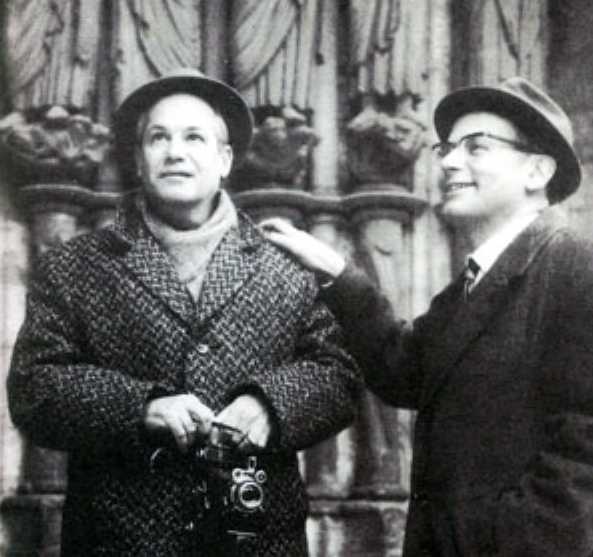4.1.1.22.3 The poem Beth-El, by Samuel Feijóo, published in 1949

The gestation of this long poem took almost a decade, from 1940 to 1948, according to Feijóo himself in the prologue. The poem was among the hundred José Lezama Lima selected for a selection of the 100 best lyrical pieces of our national tradition and has been included in various anthologies. However, Lezama himself stated that he selected only fragments of the long composition, without specifying which ones, because the lyrical flow is not always sustained in the concatenation of the verses.
The poem is inspired by the biblical character of Jacob, but above all it conveys a mystical vision in which a chromatic and sonic universe of lyrical abundance is intertwined, notes that emerge from Feijóo’s lavish poetic instrument and that transmute throughout the text without losing this dreamlike sense.
The first verses express this sense of the visual, in which other senses also converge to form a sensorial state perhaps alluding to the poet’s entire life in relation to nature, the dazzling of his first contact with the living being that is the world, his life full of the flow of the natural, his death and even the aftermath, because his being continues to live in the life of the planet:
“That purple rain falls for the eyes
silenced by the fields of light at play.
Your announcement in the branches
supreme childhood moves, releases
next to the candor of the tree. Now
over the grasses the blue its source
of sky freely confuses. By the breeze
a slow iris gilds an ancient flower.
What does that friendly scale lead me to?
of gentle tenderness, full of mysteries?
My soul wants to rest there
and be the wandering breath of the ear of wheat.”
The allusion to childhood and the treatment of light perhaps allude to a mystique of birth or the first encounter with nature, in which the child is imbued with all his sensitivity by the magnificent creation that surrounds and penetrates him. Although the chromatic references are multiple, purple, violet, and lilac, as gradations, have a level of meaning that points toward this mystique of the senses:
“An ancient color moves my eyes
that weaves them and breathes lightly.
Do not sleep at this hour on the candor of the valley.
Wrapped and tender I am, deep time.
A soul matured by absence
“Plucks its bunch and eats it.”
The initiatory aspect is present throughout the text, perhaps for this reason it attracted Lezama’s attention over other purely naturalistic texts. However, here another dimension of being is incorporated in its fullness of communion with the natural and the divine. However, it does not constitute a linear progression from life to death, but rather a complex network in which both meekly converge:
“Under this light of death
I am more than my delight, than my song.
It is the escape of the seed into the darkness
to work his wind diamond”
The eyes submerged in the landscape, recalls the image of “the eyes fallen into a well of mists”, by Eugenio Florit, since there is some kinship between this and the work of Feijóo, beyond these coincidences, this collection of poems by Feijóo constitutes one of the most accomplished texts of our lyrical tradition, also full of allusions and references that connote a cultural universe that has a wide place in the sphere of the natural, to whose relationship with the human tends all the poetic work of Samuel Feijóo.








